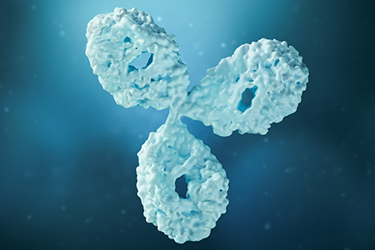Osmolality Monitoring For UF/DF And CEX Capture Of mAbs From Mammalian Cell Cultures
By Thiago Millen, Laura Chinn, Cameron Bardiving, Allison Vaughan, and Mark Rothenberg

Osmolality represents the concentration of a solution in milliosmoles per kilogram of water4, making it a key analytical measurement in both the biopharmaceutical and clinical spaces. The use and appreciation of using osmolality beyond its use as a critical quality attribute (CQA) is becoming more apparent as new studies are being published. One of the more recent studies showed that by modifying the osmolality in the upstream production of the Adeno Associated Virus 1 (AAV1) serotype, one can increase the production and quality of the product released from the cells. Osmolality is utilized throughout the manufacturing process in support of quality metrics.
The goal of this study was to understand the impact of monitoring osmolality during an Ultrafiltration/Diafiltration (UF/DF) step prior to CEX capture of the monoclonal antibody Rituximab. The process of UF/DF in downstream workflows is essential within the production of biological therapeutics, such as monoclonal antibodies, proteins (e.g. hormones) and nucleic acids. The UF/DF steps can be undertaken separately or in combination to prepare the target molecule, including sample cleanup, purification, concentration, buffer exchange, and desalting. Since both pH and conductivity are both standard metrics used in downstream process analytics, they were used as a base to then build a model around osmolality measurements within the process of UF/DF.
Get unlimited access to:
Enter your credentials below to log in. Not yet a member of Cell & Gene? Subscribe today.
